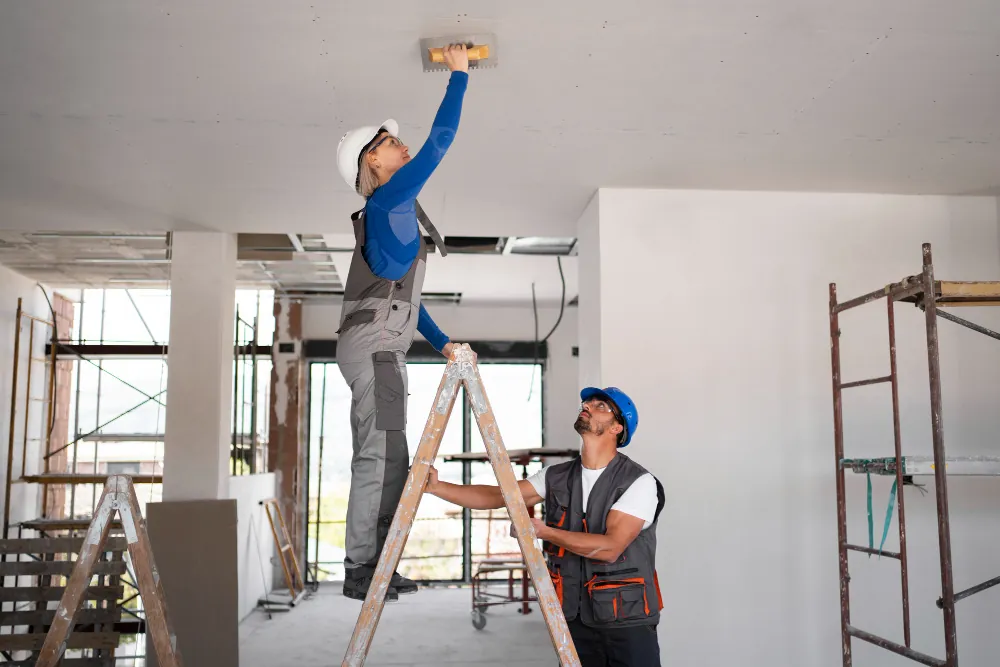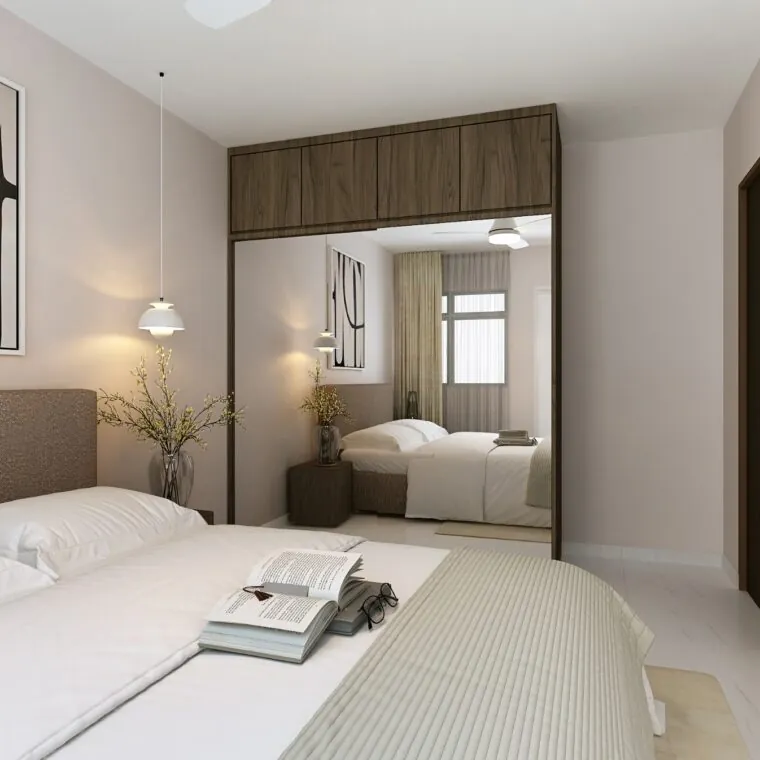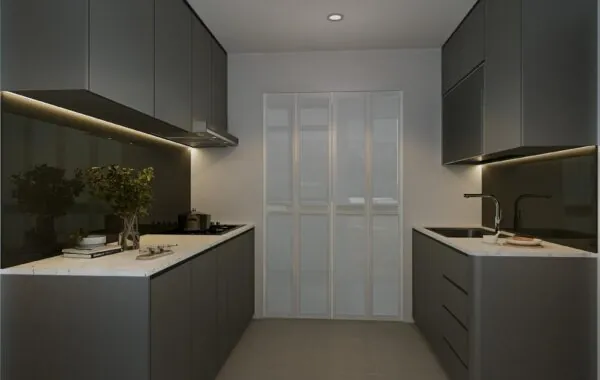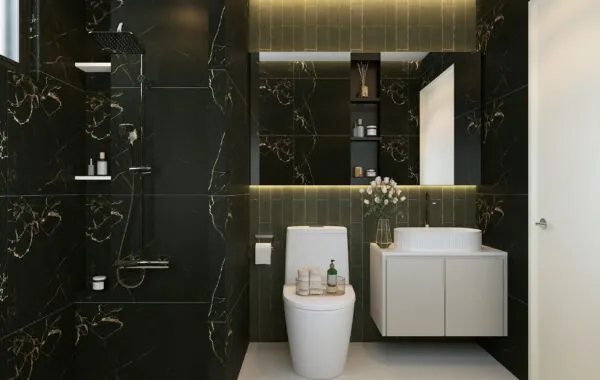Our homes are more than just buildings; they are where we live, work, grow, and rest. Over time, however, even the most thoughtfully designed spaces may start to feel less functional or outdated. This is where home renovations come in. A well-executed renovation can transform your living space to better reflect your evolving needs and style. But how do you know when it’s time for a change? Whether you’re going through a life transition, looking to futureproof your space, or simply seeking more comfort and style, understanding the signs and aligning your renovation with your lifestyle goals is key to a successful project.
This guide will explore the important considerations to keep in mind when deciding whether it’s time for a home renovation, how to approach it thoughtfully, and how to design a space that will work well for you now and in the years to come.
Reading the Signs: Recognising When Your Space Needs a Reset

Recognising The Need for a Home Upgrade
Your home should be a space that reflects your lifestyle, personality, and evolving needs. However, over time, even the most well-designed spaces can start to feel outdated, uncomfortable, or impractical. So how do you know when it’s time for a renovation?
The signs of needing a reset are often subtle at first. Perhaps your space no longer accommodates your growing family, or maybe the layout feels congested and cluttered. You may notice that certain rooms no longer serve their intended purpose or that the aesthetic no longer feels fresh. Major changes like a change in family structure, work-from-home needs, or a shift in hobbies often trigger the need for a renovation. It’s important to listen to these signs early on. Minor tweaks like updating finishes or reorganising may help temporarily, but significant life changes often require a thoughtful design reset that supports your evolving needs. Spotting the signs early ensures you get ahead of problems before they overwhelm the space.
Life Transitions That Call for Thoughtful Renovation Design

Adjusting the Space for Life Changes
Life transitions can dramatically shift the way we use our spaces. For example, if you’re expanding your family, you may need to adjust the layout of bedrooms, increase storage, or add a play area. Similarly, if children are growing up and leaving the nest, you might find yourself with more space and the opportunity to create a home office or a guest room.
Another transition could be a change in work arrangements—like shifting from working in an office to working from home full-time. In these cases, the need for dedicated workspaces, soundproofing, and multi-functional furniture can be crucial. Transitioning to a new phase in life requires thoughtful planning to make sure your space meets your current and future needs. Whether it’s adapting to changes in family dynamics, work routines, or lifestyle habits, renovations during these transitions are an investment in both comfort and functionality. Thoughtful design will allow you to navigate life’s changes with ease and create spaces that are more in tune with your new phase of life.
Futureproofing Your Home with Flexible and Functional Updates

Functionality for The Future
Renovating isn’t just about the present—it’s also about ensuring that your home adapts to future needs. As lifestyles change, so do the demands placed on your home. Futureproofing is about making sure that your home remains flexible and functional for years to come.
One of the most effective ways to futureproof a space is by designing rooms that can evolve as your needs change. For example, opt for modular furniture that can be easily rearranged or repurposed. Consider built-in storage solutions that can grow with your family, or adaptable room layouts that can switch between functions, such as a guest room that doubles as a home office or an entertainment room.
Incorporating energy-efficient materials and sustainable design elements is another key aspect of futureproofing. Choosing appliances that are energy-efficient, integrating smart home technology, and using eco-friendly building materials not only save money in the long run but also contribute to a more sustainable lifestyle.
By planning for flexibility and sustainability, you can ensure that your home remains functional, comfortable, and relevant as your needs evolve.
Elevating Comfort and Style Through Intentional Renovation Design

Comfortable and Stylish Renovation
A well-planned renovation is about more than just functionality—it’s also about elevating the comfort and aesthetic appeal of your home. Thoughtful design choices can create a welcoming environment that enhances your quality of life. Whether you’re creating a serene bedroom retreat, a functional family hub, or a stylish living room, design plays a crucial role in making your space feel comfortable and stylish.
To elevate comfort, focus on ergonomic furniture, quality materials, and layouts that promote relaxation. Soft textures, natural lighting, and personalised touches like artwork or custom furniture can help transform a house into a home.
For style, choose design elements that reflect your personality while remaining timeless. Whether you’re opting for a minimalist Scandinavian look, the warmth of rustic interiors, or a chic modern design, the key is to select elements that will continue to feel fresh for years to come. A renovation that balances comfort with style will not only increase the appeal of your home but also your enjoyment of it.
Aligning Renovation Timing with Budget Goals and Lifestyle Shifts

Keeping to Budgets, Goals & Lifestyle
Timing is everything when it comes to a successful renovation. It’s important to align your renovation with both your budget and lifestyle shifts. Planning the timing of your renovation is crucial, as it can impact how much you spend, how long the process will take, and how much disruption you’ll face in your daily routine.
Begin by setting a realistic budget that includes all potential costs—materials, labor, permits, and a contingency fund for unexpected expenses. Consider your lifestyle changes when planning the renovation timeline. If you’re undergoing a major life transition, such as welcoming a new baby or transitioning to a remote work setup, it’s important to schedule your renovation so that it complements these changes, rather than adding additional stress.
Additionally, make sure to plan around the availability of contractors, especially during peak renovation seasons, as this can affect the overall timeline and cost. A well-timed renovation ensures that you’re not rushing through decisions or blowing your budget to accommodate unexpected delays.
By aligning your renovation project with both your financial goals and your changing lifestyle, you can enjoy a smoother, less stressful experience that results in a space that meets your current and future needs.
In conclusion, home renovations are a powerful tool for improving comfort, functionality, and style. Whether you’re addressing immediate needs or futureproofing your space, understanding the signs that indicate it’s time for a reset and aligning your renovation with your lifestyle goals is essential. Thoughtful design, smart budgeting, and well-planned timing will help you create a home that’s not only beautiful but also perfectly suited to your evolving life.
Interested? Design Your HDB with Reno Loft today!
HDB renovations are essential for transforming your space into the home of your dreams. If you are looking to build your dream home, then look no further than us!
With 10 years of experience under our belts, our designers are here to realise your dream home.
Start your stress-free renovation journey with Reno Loft today.
Head on to Our Portfolios to browse more of our proud work!



